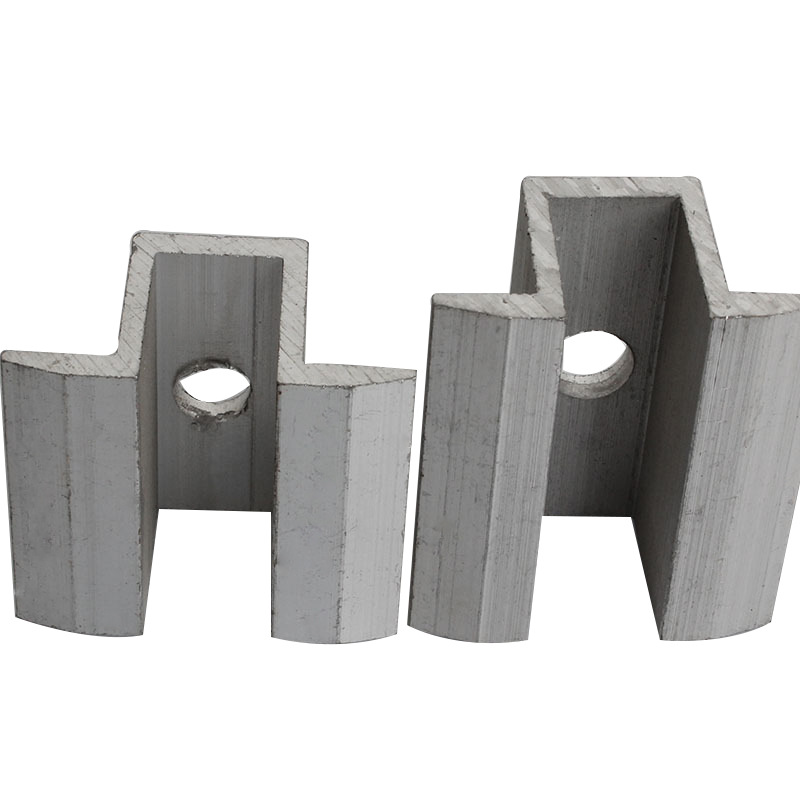

din 2093 disc spring
Oct . 05, 2024 04:43 Back to list
din 2093 disc spring
Understanding DIN 2093 Disc Springs A Comprehensive Overview
Disc springs, also known as washer springs or Belleville springs, are an essential component in various mechanical applications due to their unique design and outstanding performance characteristics. The DIN 2093 standard specifies the dimensions, tolerances, and materials used for disc springs, ensuring consistency and reliability in their application across different industries.
What is DIN 2093?
DIN 2093 is a standard established by the Deutsches Institut für Normung (German Institute for Standardization). It outlines the specific requirements for disc springs, including their geometric dimensions, materials, mechanical properties, and testing methods. This standard is particularly important for engineers and designers who rely on standardized components to ensure compatibility, performance, and safety in their projects.
Design and Features of Disc Springs
Disc springs are conical in shape, allowing them to store energy in a compact form. The unique geometry of these springs provides several advantages
1. Space Efficiency Their design allows for a high load capacity in a limited space, making them ideal for applications where size constraints are critical.
2. High Load Capacity Disc springs can endure significant axial loads, offering superior performance in applications with varying load requirements.
3. Versatility These springs can be stacked to achieve the desired spring rate and deflection characteristics, providing flexibility in design and engineering solutions.
4. Durability Typically made from high-strength materials, disc springs exhibit fatigue resistance, ensuring a long service life even under repetitive loading conditions.
Applications of DIN 2093 Disc Springs
Disc springs specified by DIN 2093 are utilized in diverse industries and applications, including
- Automotive Sector In vehicles, disc springs can be found in suspension systems, clutches, and various actuators to manage forces and vibrations effectively
.din 2093 disc spring

- Industrial Machinery These springs are commonly used in machinery for stabilization, noise reduction, and shock absorption.
- Aerospace In the aerospace industry, where reliability and weight are critical, disc springs help enhance performance while minimizing additional weight.
- Construction Disc springs are integral components in construction machinery, providing support in load-bearing applications and assisting in vibration control.
Benefits of Using DIN 2093 Disc Springs
Incorporating DIN 2093 disc springs into designs presents several benefits
- Consistent Quality By adhering to a standardized norm, manufacturers can ensure that the disc springs produced meet specific quality and safety standards, thus reducing the risk of failure in critical applications.
- Rapid Replacement The standardization allows for easy identification and replacement of disc springs, minimizing downtime in industrial settings.
- Cost-Effectiveness Using standardized components often results in lowered production costs, as manufacturers do not have to create custom solutions for every need.
- Improved Performance The unique characteristics of disc springs lead to enhanced efficiency and performance of machinery and mechanical systems.
Conclusion
DIN 2093 disc springs are a vital component in modern engineering and manufacturing. Their exceptional load-bearing capabilities, adaptability, and efficiency make them indispensable in a wide range of applications. Understanding the specifications and benefits of these springs is crucial for engineers and manufacturers aiming to optimize their designs and operations. As industries continue to advance in technology and innovation, disc springs will undoubtedly remain at the forefront of designing reliable and efficient mechanical systems.
By staying informed about standards like DIN 2093 and leveraging the advantages presented by disc springs, engineers can enhance their product designs, improve performance, and ensure the longevity of their systems. Whether in automotive, aerospace, or industrial applications, the significance of disc springs cannot be overstated, making them a fundamental element in the world of engineering and manufacturing.
Latest news
-
Hot Dip Galvanized Bolts-About LongZe|High Strength, Corrosion Resistance
NewsJul.30,2025
-
High-Strength Hot Dip Galvanized Bolts - Hebei Longze | Corrosion Resistance, Customization
NewsJul.30,2025
-
Hot Dip Galvanized Bolts-Hebei Longze|Corrosion Resistance&High Strength
NewsJul.30,2025
-
High-Strength Hot-Dip Galvanized Bolts-Hebei Longze|Corrosion Resistance&High Strength
NewsJul.30,2025
-
Hot Dip Galvanized Bolts-Hebei Longze|Corrosion Resistance&High Strength
NewsJul.30,2025
-
Hot Dip Galvanized Bolts - Hebei Longze | Corrosion Resistance, High Strength
NewsJul.30,2025

